3 Reasons the 2024 Hyundai Kona Is a Step Forward (and 2 It Isn't)

New Kona has a lot of good going for it—and a few oversights.
Hyundai has treated the Kona to a radical redesign for its second generation. With a futuristic new look to go along with a growth spurt, Kona 2.0 impressed us well enough on our recent first drive review. The small SUV segment has become incredibly competitive over the last couple years however, and while the Kona delivers on most fronts, it isn't without fault. Here we explore its three steps forward—and two back.
Step forward: more spacious
When the first Kona debuted six years ago, the sub-compact SUV segment was still fledgling. More than that, the class above was on the brink of its own growth spurt, as models like the Tucson were still closer to actual compacts than the equivalent sedan mid-size they are now. In fact, the 2024 Kona is within an inch of the 2018 Tucson’s interior measurements in nearly every way other than rear hip room—and it slightly shades its elder brother on legroom back there.
New Kona even has more seats-down storage space. Impressively, it’s 33-percent more storage than before, and pips that previous Tucson’s tally, too.
Step backward: less fun
First the good news: Hyundai ditching the temperamental DCT for a traditional eight-speed auto with the turbo engine is a good thing. The auto does a much better job at the low-speed stuff, and as a smaller SUV we expect the Kona to handle plenty of urban driving. That 190-horsepower turbo 1.6-liter itself is a strong point for the Kona, as it’s one of the more powerful engines in the segment. Both the Toyota Corolla Cross and Mazda CX-30 top it; so does its Kia Seltos sibling, by 5 hp from the same source.
But the Kona’s prodigious growth spurt makes it less agile, less fun to thread down that windy road en route to the cottage. It’s heavier and softer, feeling more like a scaled-down Tucson than the Veloster-on-stilts feel of the outgoing model. Don’t even get us started on the discontinued Kona N.
Step forward: more tech
Every single Kona comes with a 12.3-inch touchscreen, which is more digital real estate than most options in the next class up. More than that, however, it debuts Hyundai’s latest ccNC infotainment system. This system is speedy and stylish, and it keeps digital menus to a minimum, so your attention can stay where it should: on the road.
Hyundai’s odd relationship with wireless phone mirroring continues: base models have it, but any Konas with native navigation require a phone leash. We do like the switchable USB-C port to choose between the mobile or straight charging, though.
Step backward: less efficient
Look, the Kona EV is a whole other bowl of maeutang. But if you’re sticking to the more affordable gas-powered range, well, the Kona will cost you more at the pumps than most of its competitors.
The good news: there’s only a small penalty when upgrading from the base engine to the turbo—and the AWD models post the same highway economy (29 mpg / 8.1 L/100 km).
The bad news: the Kona is less efficient than the model it replaces. In terms of AWD competitors, it barely cracks mid-pack. The Kona’s best showing (27/29/28 mpg) is a few clicks shy of the class-best Corolla Cross, to say nothing of Toyota’s hybrid model.
Step forward: better aligns with buyers needs
The people have spoken. The larger competitors in this segment have risen up the sales charts—hi there, Crosstrek and HR-V—while the outgoing Kona saw a 29-percent decrease in US sales between 2021 and 2022. It stands to reason that this larger, friendlier, more comfortable model will turn that sales story around.
Become an AutoGuide insider. Get the latest from the automotive world first by subscribing to our newsletter here.

Kyle began his automotive obsession before he even started school, courtesy of a remote control Porsche and various LEGO sets. He later studied advertising and graphic design at Humber College, which led him to writing about cars (both real and digital). He is now a proud member of the Automobile Journalists Association of Canada (AJAC), where he was the Journalist of the Year runner-up for 2021.
More by Kyle Patrick



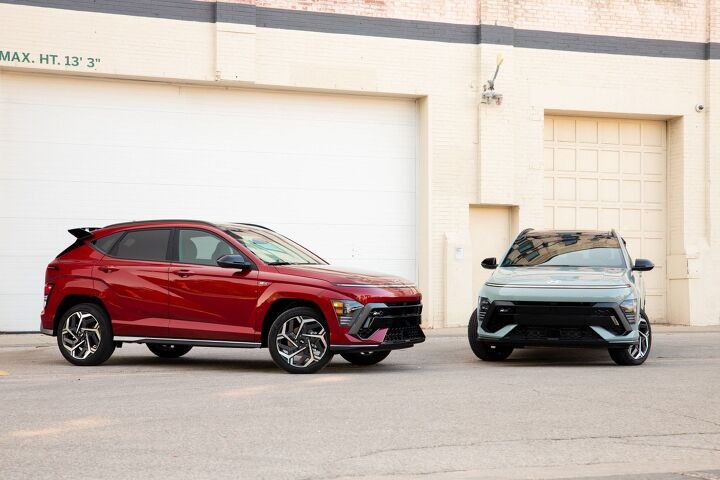



















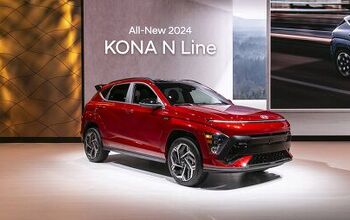
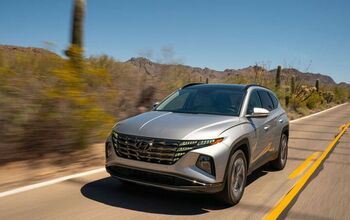


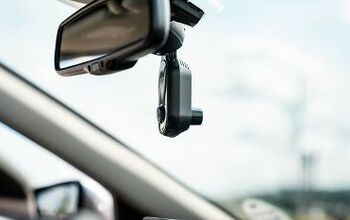
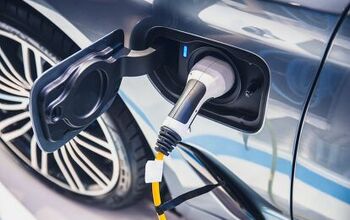
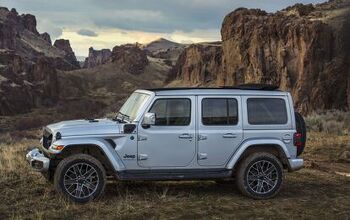
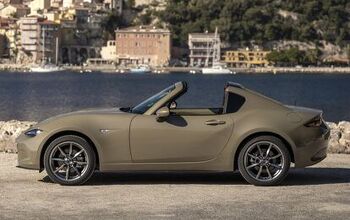


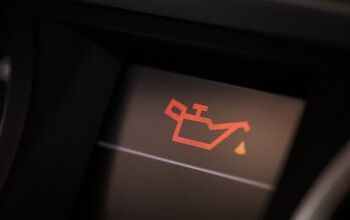
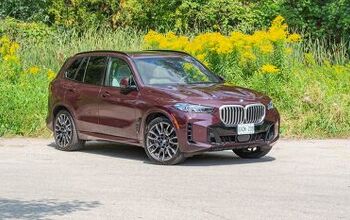



Comments
Join the conversation
Ugly enough to be a Toyota.